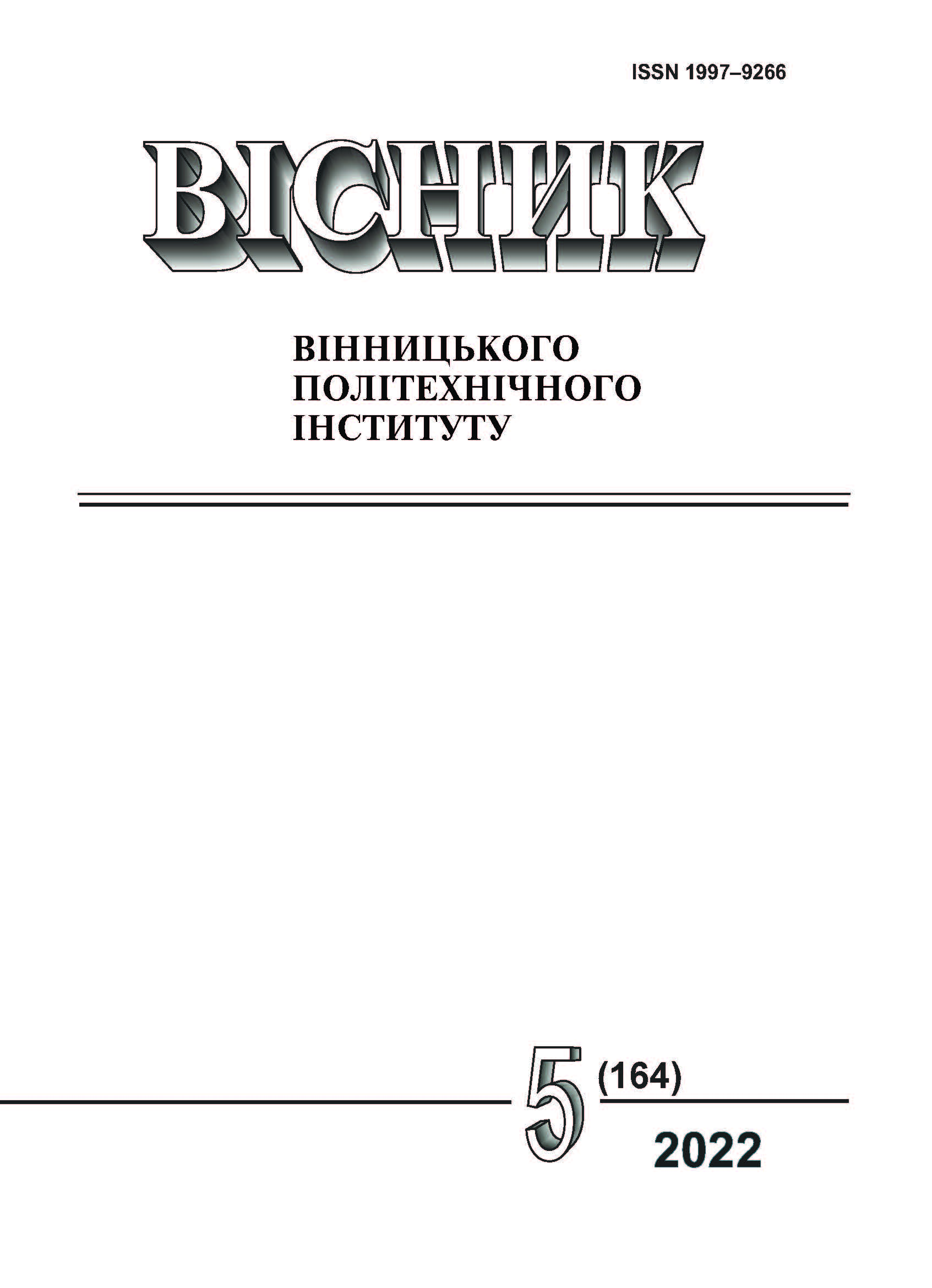Using the Regular Thermal Regime for Predicting the Intensity of Heat Exchange in Poultry Waste
DOI:
https://doi.org/10.31649/1997-9266-2022-164-5-45-51Keywords:
regular thermal regime, substrate, biogas plant, heat exchange equipment, thermal stabilization, thermophysical properties, experimental and calculation method, mathematical modelAbstract
The system “environment (water in an annular volume) — a thin cylindrical metal wall — the investigated liquid medium” is being studied. Heat exchange during heating and cooling of water-diluted chicken litter under conditions of forced convection is studied. Chicken droppings represent a multiphase medium, as it consists of solid particles based on a liquid medium.
The research is carried out on an experimental stand developed at the Department of Thermal Power Engineering of the National Technical University of Ukraine. Experiments are conducted under conditions of forced convection.
Average temperatures are defined as arithmetic averages, based on the results of temperature measurement by thermocouples on vertical thermoprobes at a certain point in time. Processing is carried out by the method of stationary heat exchange, examining the entire period of time.
After conducting an analysis of the distribution of excess temperature over time Lnϑ = f(τ) during the study of heat exchange of chicken litter under the conditions of its cooling and heating, a linear rate of cooling/heating m = const was determined, which is characteristic of a regular thermal regime during cooling/heating of a solid body (system of solid bodies) and maintaining the stability of the ambient temperature.
It was experimentally established that there is a regular thermal regime in the experimental system: the rate of cooling/heating is constant, m = const; the heat transfer coefficient during the regular thermal regime is practically constant.
The coefficient of heat transfer from the inner wall of the cylinder to the studied environment was determined by the method of regular thermal regime and the calculation-experimental method.
After analyzing and comparing the heat transfer coefficients calculated using the calculation-experimental method and found by the method of regular thermal regime, a discrepancy of 20 % was established.
It was established that, the method of a regular thermal regime can be used to determine the intensity of heat exchange in multiphase media.
References
С. Й. Ткаченко, і Н. В. Пішеніна, Нові методи визначення інтенсивності теплообміну в системах переробки органічних відходів, моногр. Вінниця, Україна: ВНТУ, 2017.
S. Тkachenko, O. Vlasenko, N. Resident, D. Stepanov, and N. Stepanova, “Cooling and of the fluid in the cylindrical volume,” Acta Innovations, no. 42. pp. 15-26, 2021. https://doi.org/10.32933/ActaInnovations.42.2.
С. Ткаченко, О. Власенко, і Н. Резидент, «Теплообмін циліндричного рідинного тіла обмеженої висоти з навколишнім середовищем,» Вісник Національного технічного університету «ХПІ». Серія: Енергетичні та теплотехнiчнi процеси й устаткування, № 2, с. 27-30. 2021. https://doi.org/10.20998/2078-774X.2021.02.05 .
Г. М. Кондратьев, Регулярный тепловой режим. Москва, 1954, 408 с.
М. А. Михеев, и И. М. Михеева. Основы теплопередачи, изд. 2-е, стереотип. Москва, РФ: Энергия, 1977, 344 с.
В. П. Исаченко, В. А. Осипова, и А. С. Сукомел. Теплопередача, учеб. для вузов, изд. 3-е, перераб. и доп., Москва, РФ, 1975, 488 с.
Downloads
-
PDF (Українська)
Downloads: 77
Published
How to Cite
Issue
Section
License

This work is licensed under a Creative Commons Attribution 4.0 International License.
Authors who publish with this journal agree to the following terms:
- Authors retain copyright and grant the journal right of first publication.
- Authors are able to enter into separate, additional contractual arrangements for the non-exclusive distribution of the journal's published version of the work (e.g., post it to an institutional repository or publish it in a book), with an acknowledgment of its initial publication in this journal.
- Authors are permitted and encouraged to post their work online (e.g., in institutional repositories or on their website) prior to and during the submission process, as it can lead to productive exchanges, as well as earlier and greater citation of published work (See The Effect of Open Access).





